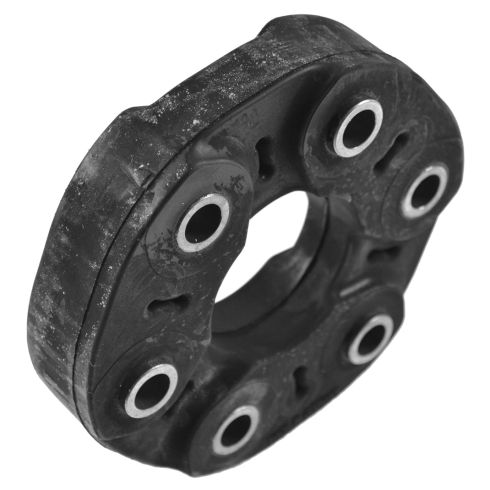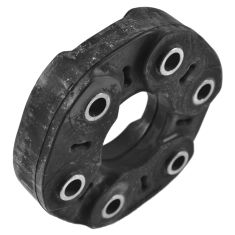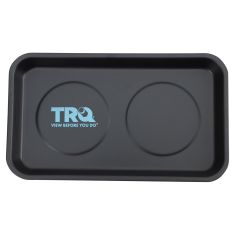1ADSH00041-Ford Cadillac Lincoln Rear Drive Shaft Driveshaft Coupler Dorman OE Solutions 935-103

Replaces
2002 Lincoln LS Automatic Transmission Rear Drive Shaft Driveshaft Coupler Dorman OE Solutions 935-103

Frequently bought together
Product Reviews
Loading reviews
There are no reviews for this item.
Customer Q&A
What bolts and washers and nuts size does this require?
March 14, 2017
10
This part comes with the correct nuts and washers, so we do not have the exact dimensions available.
March 15, 2017
Tim K
Is this a pair or is this one ?
February 27, 2018
10
This is one.
February 27, 2018
Derrick C
10
I think it was one.
February 27, 2018
Larry R
10
It only came with one
February 28, 2018
V A
Will this part fit 2005 STS 3.6L? Or do you have a new one for an STS?
March 5, 2018
10
Yes
June 12, 2018
D I
10
purchase for a bmw
November 25, 2019
Eliud H
why doesnt this part fit the 2003 cts..... bigger, smaller, what???
November 6, 2018
10
It is not listed to fit. It could be an issue with it being bigger, smaller, or having the dimensions be different.
November 6, 2018
Emma F
Dose this fixed cts v with 6 speed manual 5.7?
April 10, 2022
10
We would be happy to check. Can you please confirm the year of your Cadillac CTS?
April 11, 2022
Andra M
Lincoln is a registered trademark of Ford Motor Company. 1A Auto is not affiliated with or sponsored by Lincoln or Ford Motor Company.
See all trademarks.









